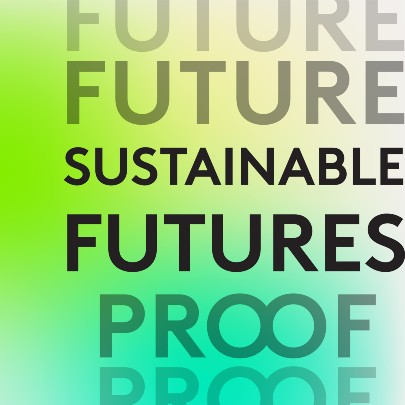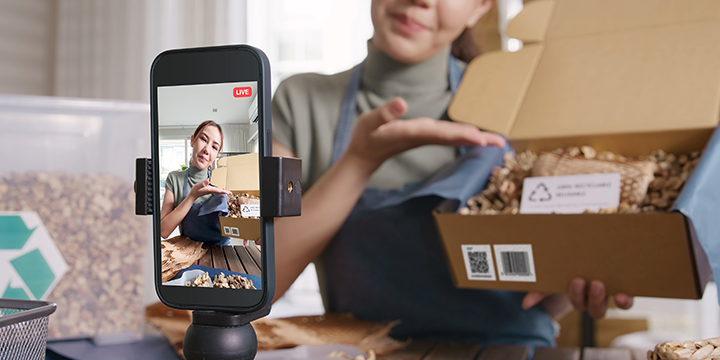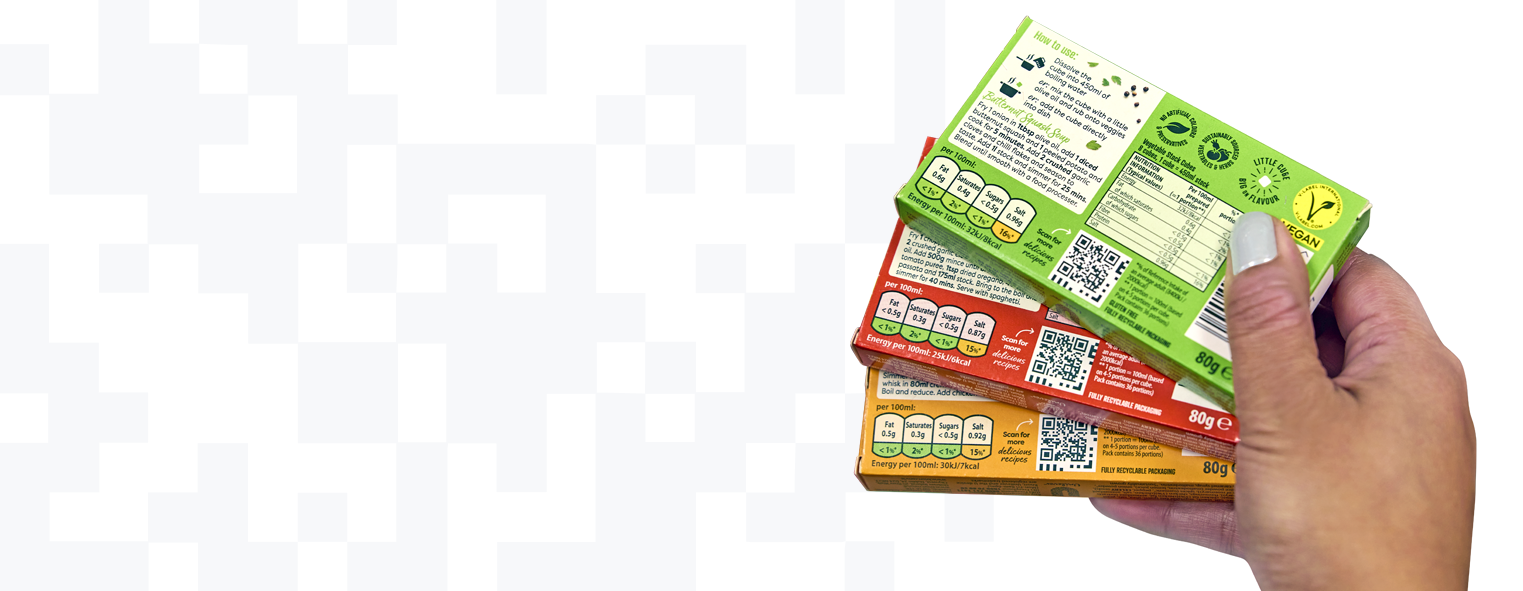September 05, 2025 Guest opinion piece
QR codes are changing the brand-consumer interface beyond all recognition. Brands are transitioning from the linear, limited information of traditional barcodes to an infinitely more multi-faceted, two-way world of communications and clarity, through the adoption of QR codes powered by GS1.
This transition is not just about technology. It’s about unlocking new value for consumers, for brands and society. One area where this shift can deliver significant impact is sustainability.
Sustainability: a double-edged sword or a win-win?
Brand owners increasingly feel caught in the eye of what can seem like a sustainability storm.
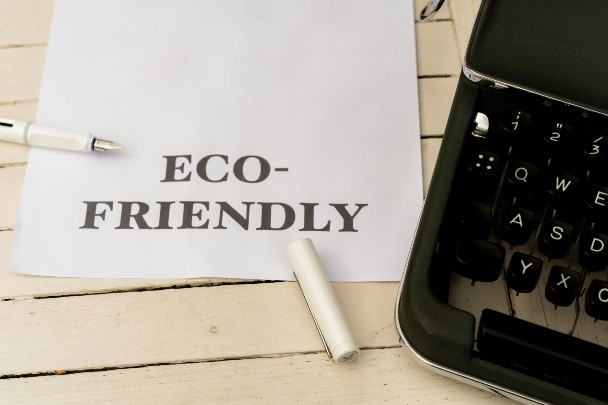
The upside of growing consumer appetite for more sustainable offers is tempered by the perceived cost of incorporating this into brands. Increased legislation and regulatory demands are also ever-evolving pain points. No more so than when it feels impossible to know if you are ‘getting sustainability right’.
But what if QR codes could help inform your brand strategy about which sustainability activities are strengthening the provider-buyer relationship? Help to embed sustainable behaviours and brand choices among consumers? Be in line with pan-regional governmental requirements and help reassure your board that sustainability is actually a rich source of brand differentiation and revenue?
A breadth of potential sustainability applications
The first step is getting the basics right. What bin do I put this in? We live in a world where 40 per cent of consumers struggle with home recycling. Add in communication about sustainable usage, storage and disposal, such as recycling or reuse, and the sustainability benefits rapidly add up.
For manufacturers, smarter QR codes, such as QR codes powered by GS1, which contain ‘use by’ data can offer huge reductions on food waste and related carbon emissions in distribution systems, before products even hit the shelves. By adding in the use by date as well as the product identifier, Woolworths Australia saved 40 per cent waste across their retail premises.
QR codes can also reduce reliance on non-sustainable and expensive point of sale materials, such as paper and physical assets. This content can now be communicated digitally through the QR code instead.
Similarly, QR codes powered by GS1 can remove the need to have many different versions of the same SKUs across multiple markets. Local legislation, recycling instructions or deposit schemes can now be surfaced in the consumer’s language, wherever they are. This improves efficiency, lowers costs and reduces waste. Retail health giant Bayer reported that by moving to QR, they were able to save 33 percent on their product packaging.
Ensuring there is a consumer benefit is also key to the adoption of more circular behaviours. A major detergent brand wanted to lower the carbon generated from supply chains. The biggest impact was when consumers washed at 20 degrees, rather than higher temperatures. Beyond the carbon benefit was the financial benefit for households in reduced energy costs. All of this was made possible due to QR code data.
Sustainability - from costs to benefits
Legislation is bringing a slew of seemingly costly changes required to meet sustainability targets.
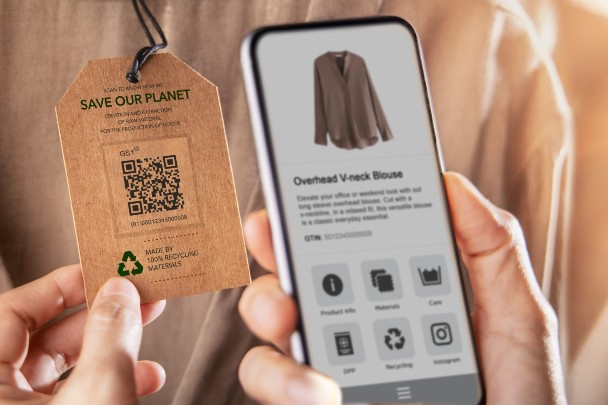
Whether deposit return schemes, digital product passports, new technology or essential certifications, effort and money seem to be inevitable. However, QR can turn this on its head.
QR technology, especially when powered by GS1 standards, allows you to speak directly to your consumers. It can bypass some of the traditional advertising and marketing costs that add up across a product portfolio. One of GS1’s biggest global members found that through QR adoption, even a 3 per cent scan rate across their product range drove more awareness and touch points than traditional television and some other topline ways of marketing combined. Investing in sustainability meets legislative needs and can benefit your bottom line.
Reap the QR benefits
The transition to QR codes powered by GS1 is already underway. It marks a shift from static identifiers to dynamic, data-rich connections.
Communication can now be more targeted and can feed directly back into your brand strategy, contributing to a new, more sustainable world. Enable your consumers to make the right decisions for themselves, their families, their finances and the planet, through something as simple as scanning the next generation of barcode.
To find out more about how to embed sustainability successfully into your brand strategy, contact: Kantar: www.kantar.com/uki/contact.

